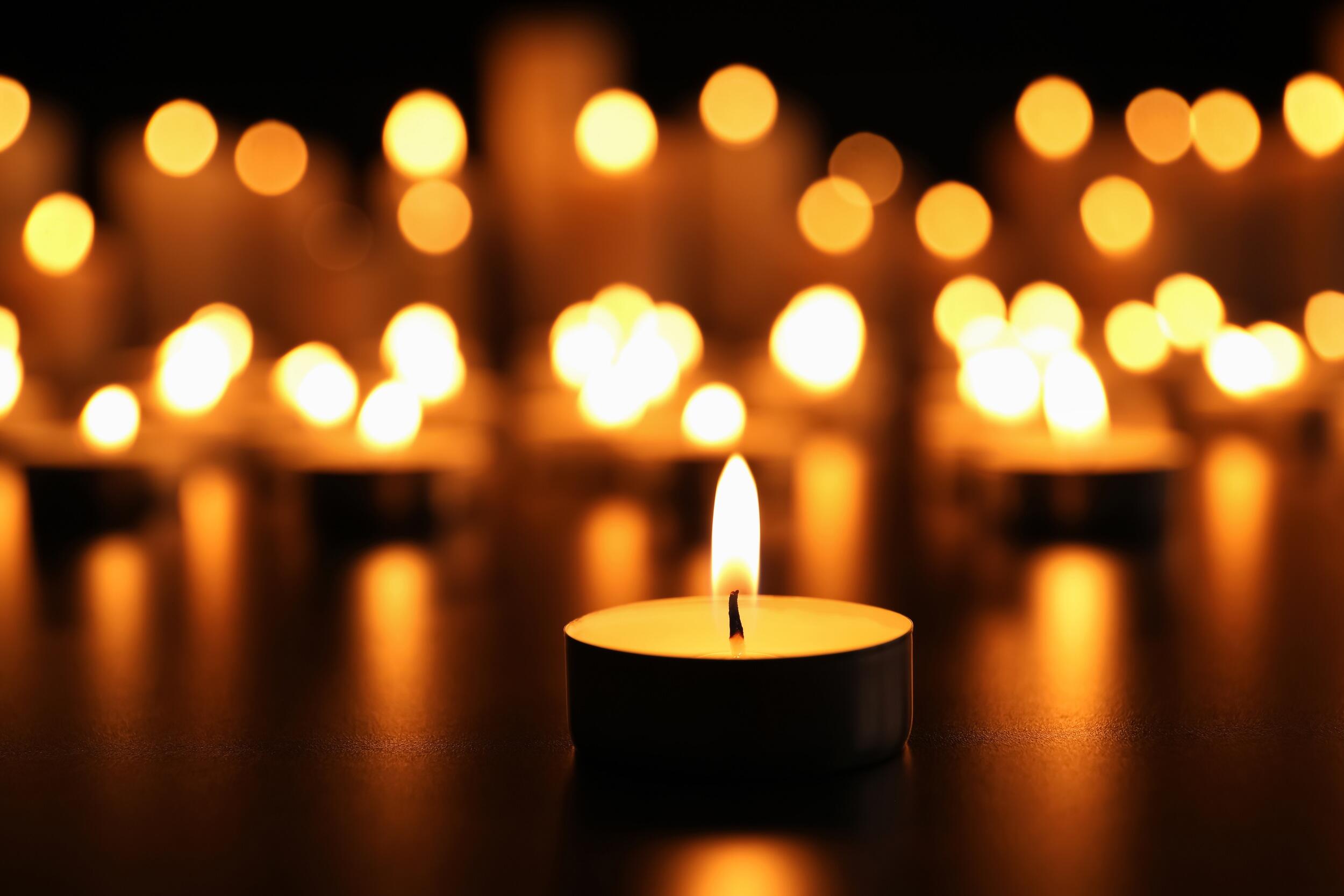
June 2, 2022
Native American life expectancy fell sharply during the pandemic, new research shows
Share this story
In April, a study by researchers at Virginia Commonwealth University, University of Colorado Boulder and the Urban Institute revealed that the pandemic had led to the biggest decrease in U.S. life since 1943, the deadliest year for Americans in World War II.
That study showed that the decrease in U.S. life expectancy was highly racialized, with Hispanic and Black populations experiencing the biggest losses in life expectancy between 2019 and 2021.
Now, the researchers have released an update to their study incorporating newly developed data on the Asian and Native American (American Indian and Alaska Native) populations. They found that the Native American population experienced larger losses in life expectancy between 2019 and 2021 than even the Hispanic and Black populations.
For the entire U.S. population, the overall decline in life expectancy over two years between 2019 (78.85 years) and 2021 (76.44 years) was substantial, a decrease of 2.41 years, but the researchers found even larger losses in Native American (4.71 years), Hispanic (3.85 years), and Black (3.70 years) populations. In contrast, the decrease in the white population was 2.10 years.
Trends shifted during the two years, the study found. Although the largest losses in 2020 were among people of color, in 2021 it was the white population that experienced the largest loss in life expectancy. This reversal could have multiple explanations, the authors said.
The study was conducted by Ryan Masters, Ph.D., an assistant professor of sociology at University of Colorado Boulder and an affiliate with the CU Population Center; Laudan Y. Aron, a senior fellow in the Health Policy Center at the Urban Institute; and Steven Woolf, M.D., director emeritus of the Center on Society and Health at VCU and a professor in the Department of Family Medicine and Population Health at the VCU School of Medicine.
Woolf, the corresponding author for the study, recently discussed the latest research findings with VCU News.
With this new data, we now know that the American Indian/Alaskan Native population experienced the biggest loss of life expectancy during the pandemic. Were you surprised by that?
For generations, the Native American population has suffered from health disparities. And during the pandemic, we also knew that Native Americans were at high risk for COVID-19 infection, hospitalization, and death. We therefore expected to see a decline in life expectancy, but we were horrified to see how large it was. As a nation, we tend to be blind to health trends in our indigenous population because of challenges to collecting accurate data. Our study provides a rare glimpse into the scale of the disparities they live with and reminds us of the need for systemic change.
Along with the American Indian/Alaskan Native population, the Hispanic and Black populations all saw significant losses in life expectancy between 2019 and 2021 compared to the white population. What do you think is behind this?
On its surface, the large decrease in life expectancy during the pandemic can be blamed on how coronavirus disproportionately affected people of color, but these disparities have broader and deeper roots that predate the pandemic. These include not only barriers to accessing quality health care but also what researchers call the social determinants of health. Barriers in access to education, good jobs, livable wages, affordable housing, and other determinants of health play a bigger role than health care in explaining racial and ethnic health inequities. And unfortunately, inequities will continue until our society gets serious about dismantling these structural issues and addressing systemic racism.
The Asian population's life expectancy declined by 1.83 years in 2020 and increased by 0.59 years in 2021. Do you have thoughts on why the Asian population in the U.S. avoided the declines seen in other racial groups during the first two years of the pandemic?
As a broad population group, Asian Americans have tended to enjoy better health outcomes than other racial and ethnic groups, including the white population. This is a bit of a sweeping generalization; it ignores big gaps in health between Asians from different parts of the world. The news here is not that the Asian population experienced a smaller loss in life expectancy than other groups, it’s that it experienced any decrease at all. It’s a sign of the deadliness of the COVID-19 pandemic that even this advantaged population was affected.
Compared to peer countries, the U.S. experienced a larger loss in life expectancy during the pandemic. What's your key takeaway on why that is?
The U.S. has been doing worse than other rich countries since the 1980s, due to systemic problems with the way Americans live, our environment, our health care system, and our policies. None of these problems went away during the pandemic, and then we piled on mistakes in pandemic response and the political and ideological polarization of Americans. As we see in our study, other countries that had their act in order began to recover in the second year of the pandemic, but not here in the United States, where Americans continued to die at higher rates.
Subscribe to VCU News
Subscribe to VCU News at newsletter.vcu.edu and receive a selection of stories, videos, photos, news clips and event listings in your inbox.



